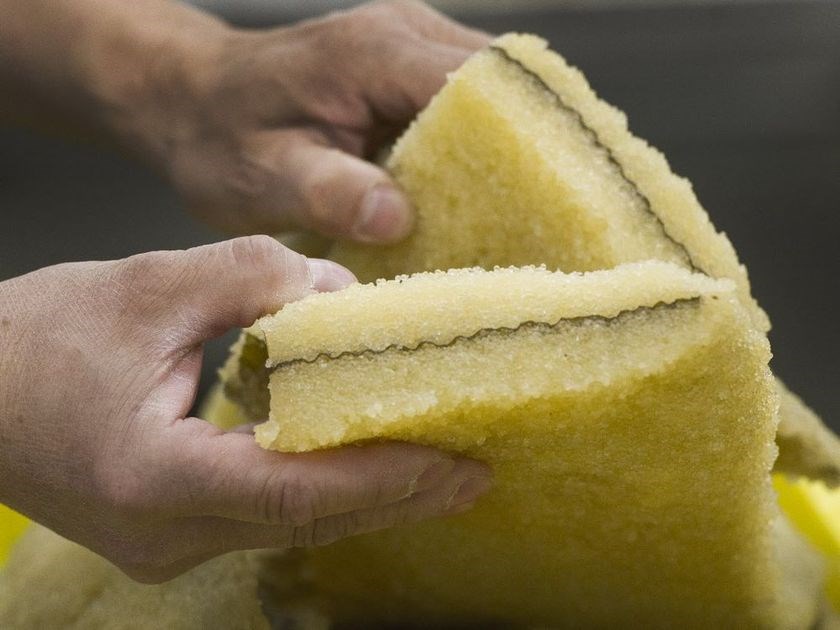No new cases of cholera have been identified since at least four people were announced to have the illness last week, with all infections tied to eating herring eggs.
Dr. Shannon Waters, a medical health officer with Island Health, said the number of cases is still being tabulated because testing is not yet complete.
“It’s evolving,” she said. “We’re waiting for the results. We are less than five cases.”
Waters said the emergence of cholera is a rare situation in B.C.
“We have not seen instances of Vibrio cholera infection within the province before,” she said. “This originally came to our attention through stool cultures that came through the lab system, that came positive for Vibrio cholera.
“When contacting patients to find out what was going on with this we found out a common link of eating herring eggs.”
Island Health and the First Nations Health Authority responded with a joint warning against the consumption of herring eggs. They advised that no one eat herring eggs found from French Creek to Qualicum Bay — the only area implicated. It is now subject to a Department of Fisheries closure to herring-egg harvest.
Cholera is a treatable condition, Waters said. Symptoms can include nausea, vomiting and severe watery diarrhea.
It is seen most often in other parts of the world where things such as water supply, sanitation and crowding are issues.
The two health agencies and the B.C. Centre for Disease Control are all involved in examining the cholera outbreak.
“It’s a traditional First Nations fishery,” Waters said of herring eggs. “A number of people do eat them raw, some people do eat them cooked. There’s different ways of eating them.”
Waters said that Island Health has been working particularly with the First Nations Health Authority and First Nations communities in the wake of the illnesses.
She said initial test results show only that the health system is dealing with Vibrio cholera bacteria, but those involved want to learn more.
“We don’t know what type we have yet,” she said. “That will give us further information that will help us figure out what might be behind this.”
The effort is widespread. “We’re working with our national partners and our provincial partners, so those results are at the national microbiology laboratory,” she said. “We hope that in the coming days we’ll know that further information.
“We’re also doing marine water-sample testing and testing of the eggs.”



